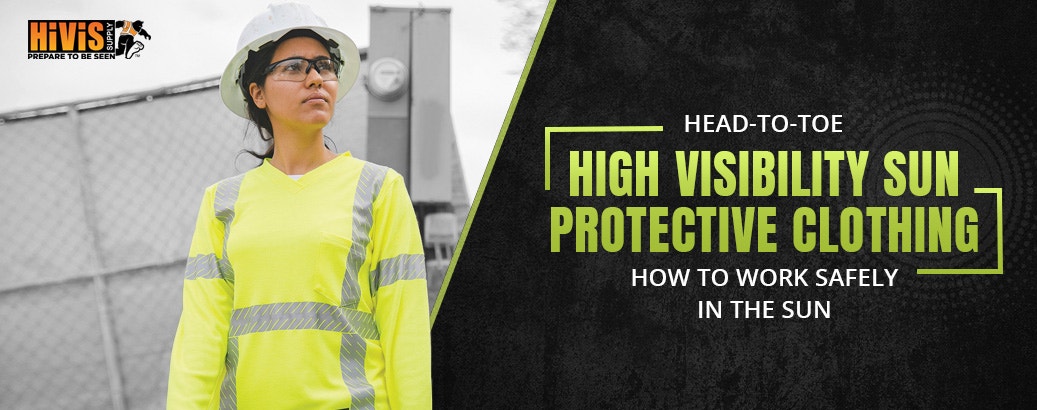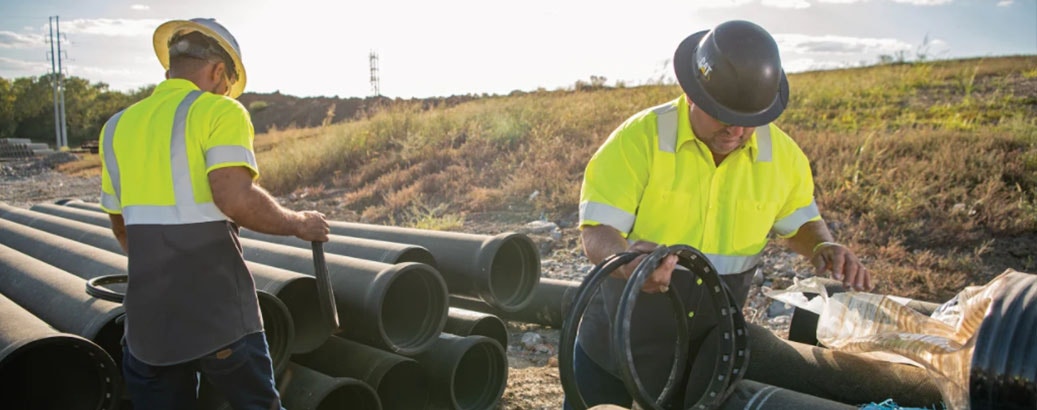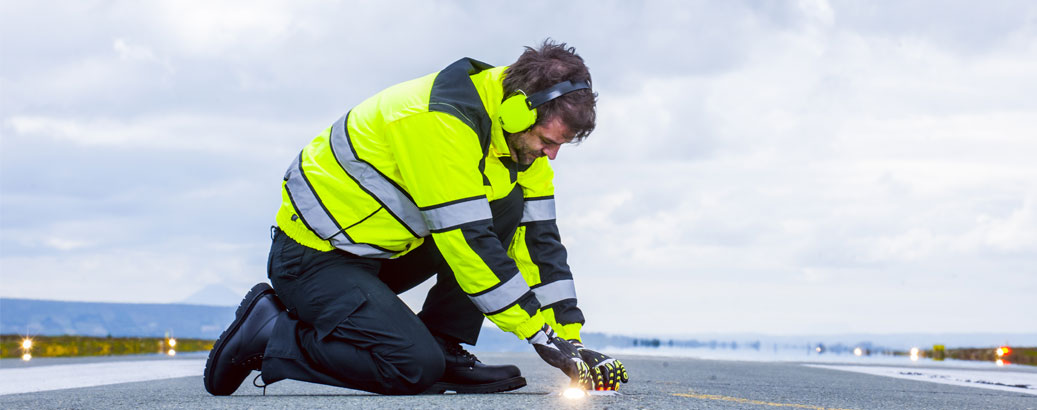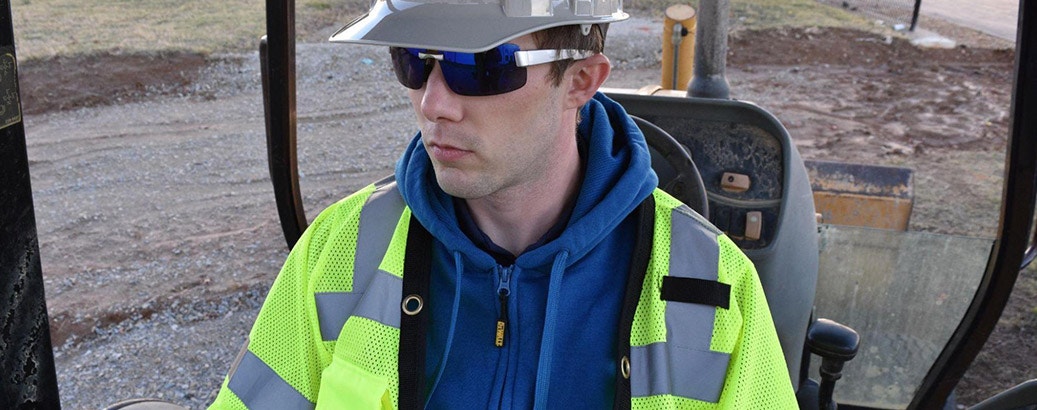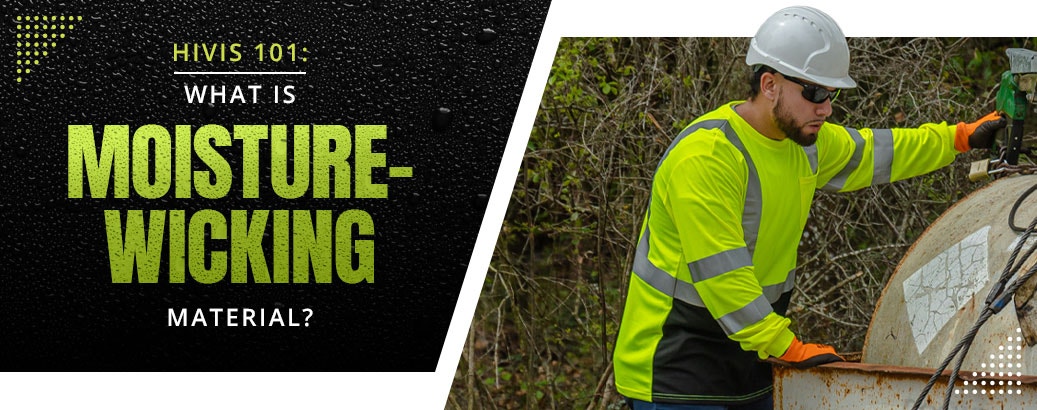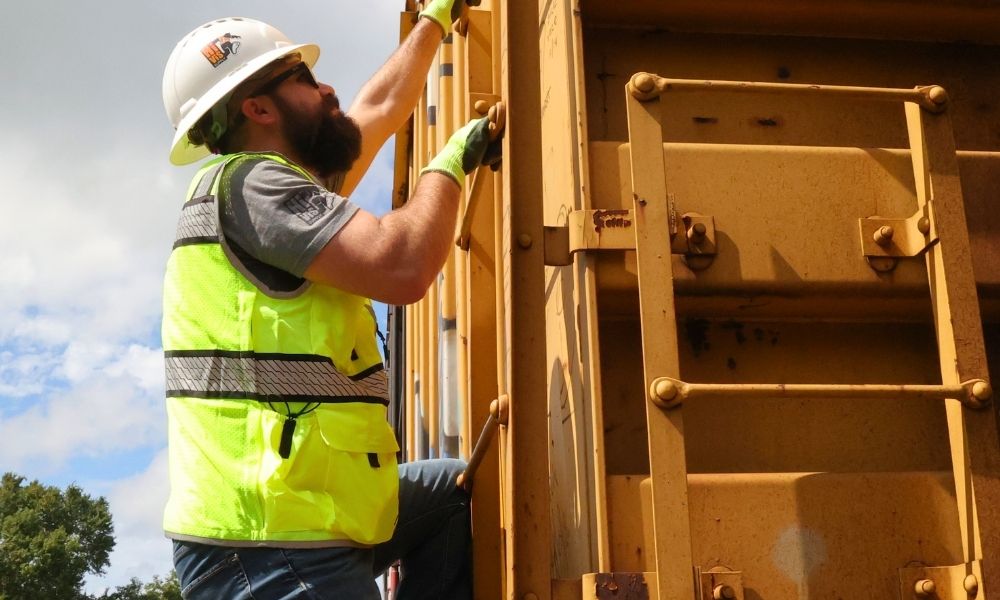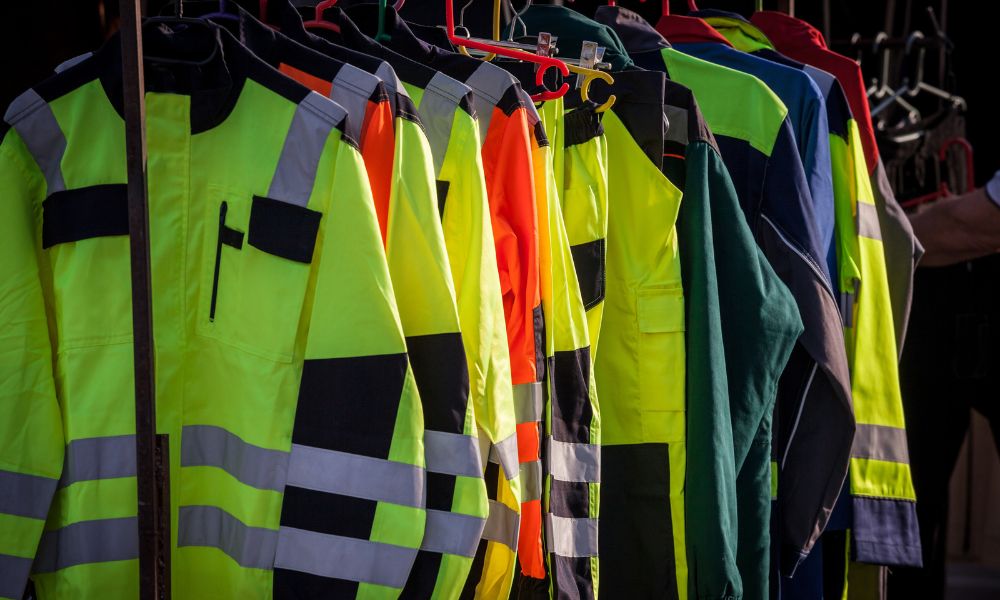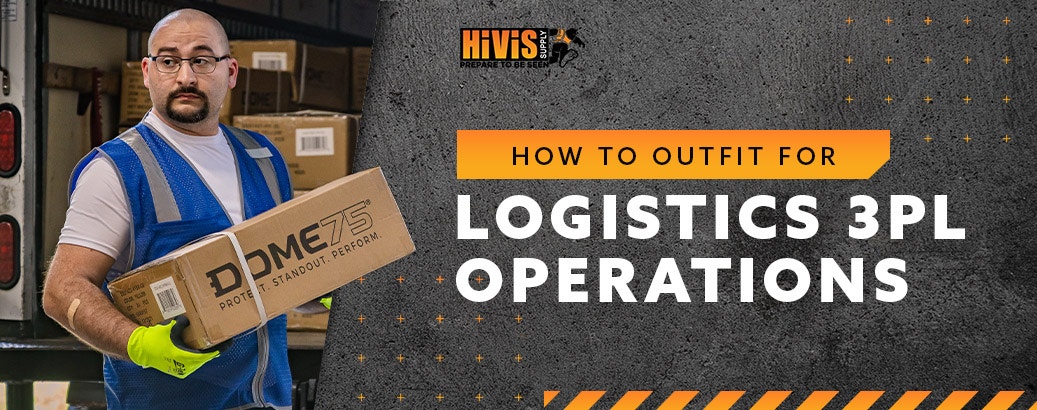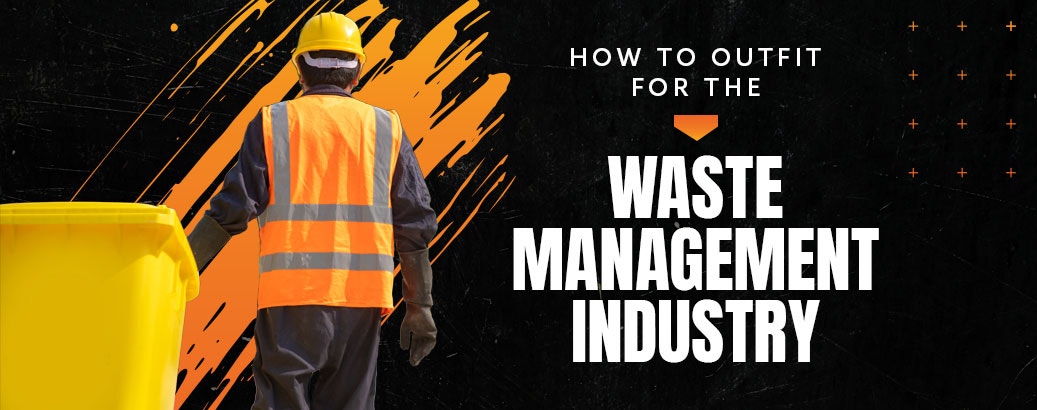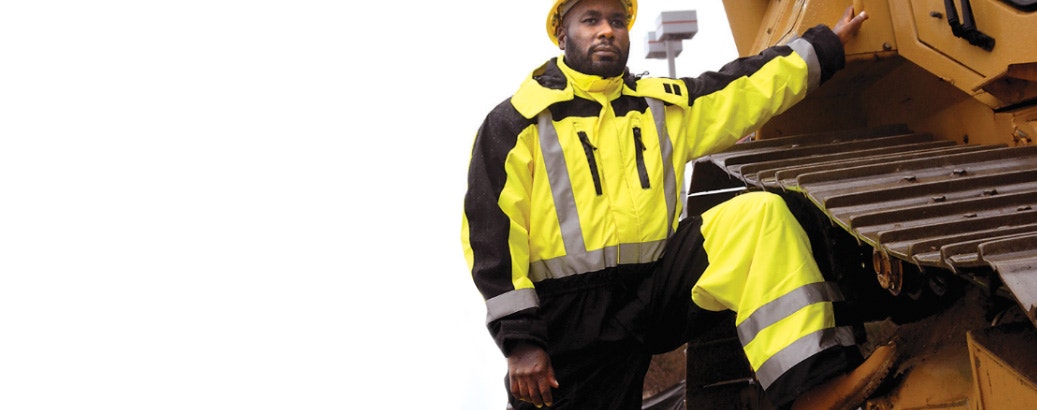Tips on Choosing the Best Hi Vis Workwear for Landscapers
- By HiVis Supply
- Jun 23, 2021
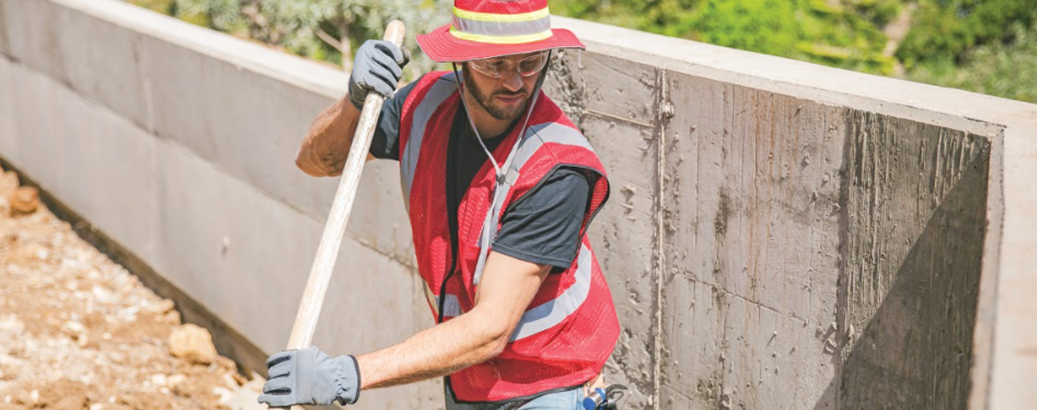
From backyards to city parks to golf courses, great landscaping helps us enjoy the best that nature has to offer. Behind all that beautiful landscaping are crews of landscapers who endure sweltering heat, biting bugs and long hours to carve out landscapes that people love to be in.
If you’re in the landscaping industry, you deserve the best protection available to help protect you from the many work hazards that landscapers face. Often, that means choosing hi vis clothing that provides you with extra visibility to help protect you from vehicle and earthmover collisions — but you might need some other features too. With a name like HiVis Supply, you’d expect us to come with some good advice for hi vis workwear selection, and you’d be right. Here are five key tips for landscapers who want the best in high visibility workwear.
1. Think about whether you need high visibility or enhanced visibility workwear for the places that you work.
Start by getting familiar with different kinds of hi vis workwear and high visibility clothing standards like ANSI 107. Find out whether you need to wear hi vis clothing that meets a specific ANSI standard. If you work around heavy equipment and/or moving vehicles, you likely need to be wearing ANSI 2 or ANSI 3 high visibility work gear. Enhanced visibility workwear is a good choice if your work environment doesn’t require working around cars or heavy earthmoving equipment. You’ll also find that color coding is available on many types of enhanced visibility workwear clothing, which can make it easier to tell workers apart by their role and who they work for.
2. Stretchy, breathable fabrics and designs are your friends.
The physical intensity of a landscaping job means that it’s crucial to choose workwear made from fabrics that breathe and stretch. Look for features such as:
- Built-in flex points in areas like the elbows and lower back
- Vented designs that allow extra air circulation
It can be a good idea to look for a fabric with an anti-microbial finish to keep gross sweaty smells from building up in your work clothes. In fact, speaking of sweat, let’s talk about how to manage it.
3. Get a moisture-wicking base layer, even if you work in colder temperatures.
Sweat is a fact of life when you’re working hard, but how you deal with that sweat is really important. If left alone, sweat will pool and dry on your skin, which can cause skin irritation that makes for a long and unpleasant workday. Moisture wicking is a cool technology (pun intended) that uses specially designed mesh fabrics to prevent sweat from staying on your skin. A moisture-wicking base layer is a light garment that’s worn directly next to your skin and draws the moisture away from your skin, where it will evaporate more quickly. Moisture wicking is still important even if you work in a colder climate since sweat that cools on your skin can rob you of precious body heat.
4. Protect your skin from thorns, sap, chemicals and other landscaping hazards.
Landscaping has many unique hazards for your hands and arms, such as a rose bush’s thorns, poison ivy or lawn fertilizer chemicals that can burn your skin. There are two major ways to protect yourself from these. First, know that a good pair of work gloves is one of the most important investments that someone who works in landscaping can make. Check out HiVis Supply’s full selection of work gloves to see all of our options.
Additionally, you may need to wear long sleeves and/or work pants if your role involves exposing your skin to these hazards a lot. HiVis Supply offers great summer work shirts in both short and long sleeves, as well as safety work pants for full coverage. Plus, long sleeves and pants will help protect you from sunburn and the associated negative effects of UV radiation exposure.
5. Make sure your arsenal includes waterproof gear.
Rain is a constant threat in almost any landscaping job that doesn’t involve trimming shrubs in Death Valley, so it’s always good to have waterproof gear ready when you need it. Some key things to look for in rain gear for landscapers include:
- Durable fabric such as high denier oxford cloth or duck cotton
- Waterproofing treatment such as a PU (polyurethane) coating
- Bound seams and waterproof zipper pockets
- Hoods that can be removed or stowed when not in use
HiVis Supply offers hi vis work gear options with all of these — just click to see our best hi vis rain gear for landscapers.




